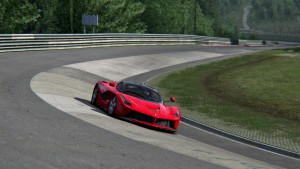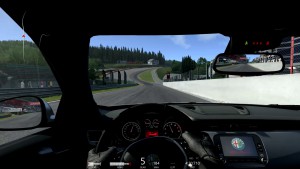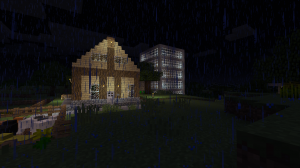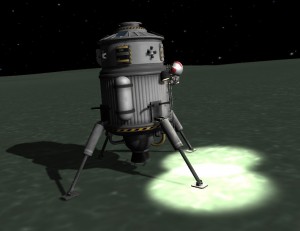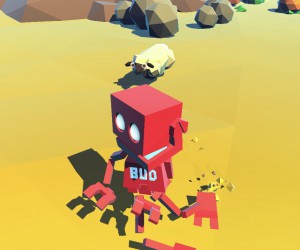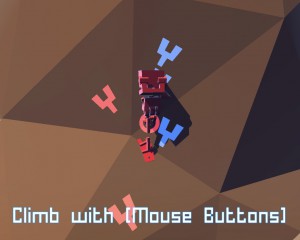Modifications
During my ongoing literature review I often discover interesting facts about things I’ve never thought about. Sometimes I can connect these facts with my own observations: The result is mostly a completely new idea why things are as they are. Maybe these ideas are new to you, too. Therefore I’ll share my new science based knowledge with you!
This week: This time, I think about the categorization of game modifications.
Many computer games feature a modification support and thus can be modified in various ways by the players in order to enhance the game’s functionality, change the game’s audiovisual impression or to add new contents to it. Aside from the fact that this approach allows the players to personalize their gameplay and to experience a unique story, it also greatly increases the replayability of the game. In general, modifications can be classified in three different categories.
The first category does not change the gameplay, but adds useful features that are not part of the original game. Additionally, this category includes modifications that changes the audiovisual impression of the game. On the one hand, these modifications usually help the players to play the game in a more efficient way by displaying additional information, such as statistics about the player’s status, performance and progression, or by adding additional camera modes that provide the players with a better overview. For instance, most of the World of Warcraft modifications allow the players to display additional information about their performance or to reallocate all the user interface elements in order to play the game in a more efficient way. On the other hand, these modifications also allow the players to personalize the visual appearance of the game by exchanging the textures and/or models that are used in the game. For example, Minecraft features a lot of texture packs and allows the players to create custom skins for their avatars.
The second modification category changes and/or enhances the gameplay of the game by modifying the settings and/or the balance of it. Additionally, modifications of this category even add new elements to the game that allow the players to perform new interactions with the game world. For example, some of the Kerbal Space Program (KSP) modifications add new parts to the game that allow the players to perform completely new experiments or to build more enhanced vehicles. The KSP modification ‚Remote Tech‘ even adds the feature of radio communication to the game. Players who use this modification are required to establish a satellite network that relays radio communication signals in order to constantly control a robotic mission.
The third modification category does not alter the gameplay of the original game. Instead, modifications belonging to this category utilze the core functionalities of the game in order to create a completely new game that has no connection to the original content. Players of these modifications experience a completely new gameplay and new game mechanics. Popular examples of this category are Counter Strike and Day Z.



